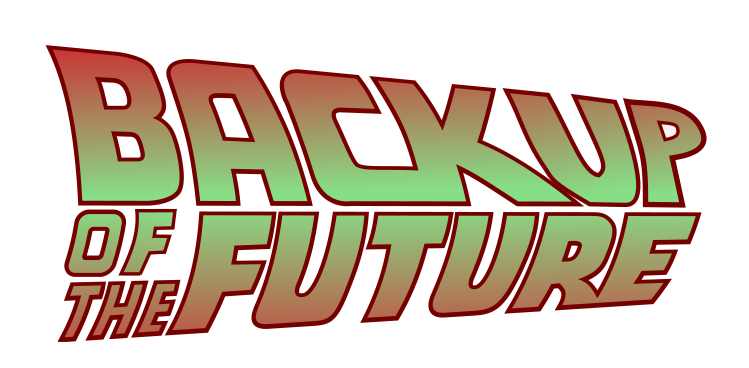Backup of the future
 Are you looking to change backup strategy, and "trash the tape" to embrace disk or cloud for long-term retention?
Are you looking to change backup strategy, and "trash the tape" to embrace disk or cloud for long-term retention?
If you are simply looking to protect a new environment, then this can be a straight forward process, but in the majority of cases there is existing legacy backup data. Creating multiple silos across your estate, using one solution for data X and a different solution for data Y. The problem with multiple silos is that it leads to an inefficient use of resources, and has a limiting effect on scalability. It all adds up, you have to manage multiple maintenance agreements, often with different vendors. You have to retain skills for multiple complex software products, you have to deal with different limitations and restrictions, different risk analysis, and different processes and procedures so you can comply with the various regulations. Wouldn't it be easier to bring every thing under one solution?
Tranzman can make it simple, allowing you to merge all your silos together, enabling you to restore the data, from the common interface of the preferred backup solution!! So now you can "trash the tape", consolidate all your backups on any medium that your chosen backup solution supports. Using Tranzman to manage the transition, is a simple process, converting and importing the catalog, and automating the conversion and duplication of backup data to the new medium.
Tranzman will migrate / consolidate and merge data from DataProtector, Tivoli Storage Manager, Commvault, BackupExec and NetBackup into NetBackup. Contact us to find out more...




